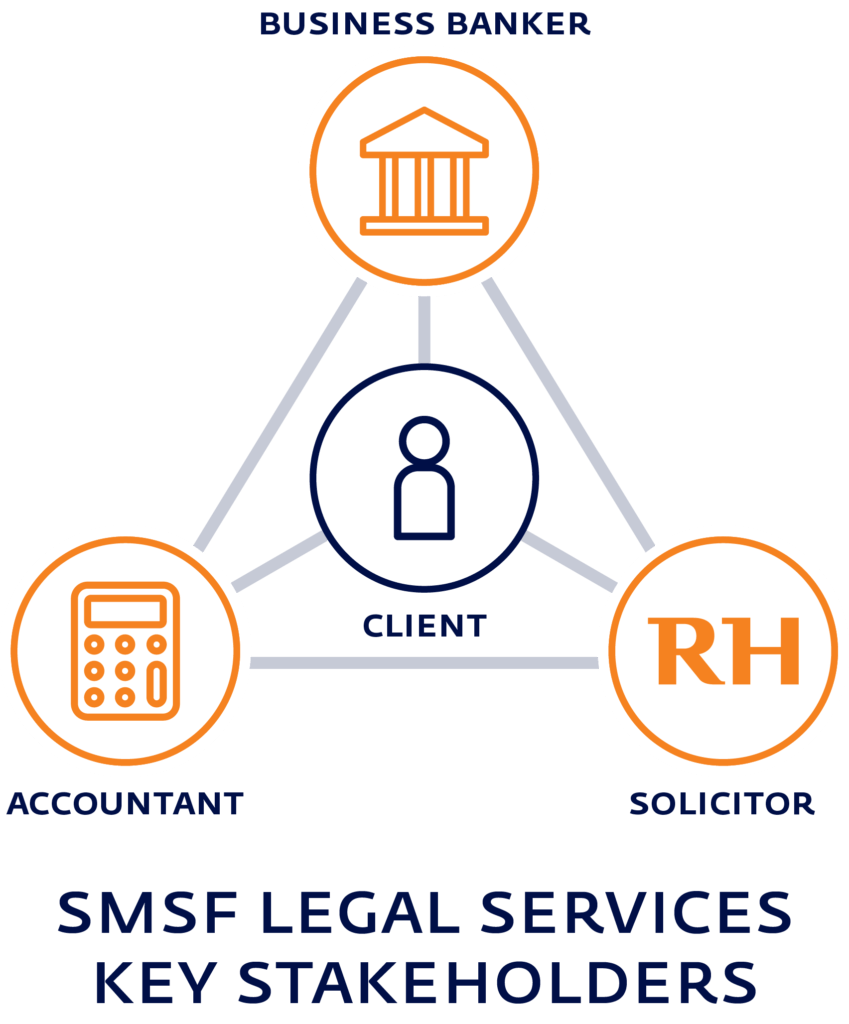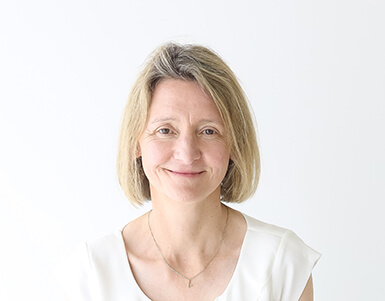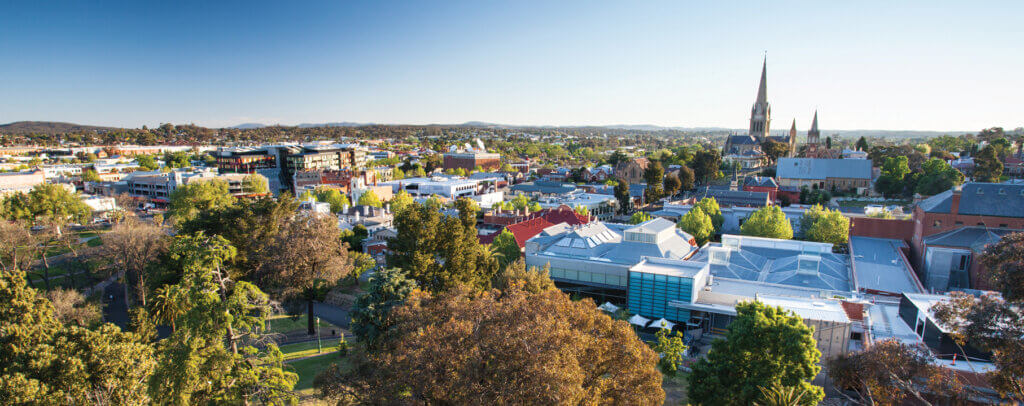There are comprehensive legal requirements for Self Managed Super Funds (SMSF) and that’s why you need the help of an expert.
We work with you and your financial adviser or banker to provide fully compliant SMSF documents, to ensure that your SMSF meets legal obligations but is also working to maximise the benefits to you in your retirement.
Our difference
Whether you’re looking to establish or maintain a Self Managed Super Fund (SMSF), working with our SMSF team will get the job done quickly and efficiently.
Our team ensures that your SMSF and its investments are properly structured, meets your goals, protects your future and delivers the best return on your investment to provide a comfortable retirement.
Building your retirement

Self Managed Super Funds FAQs
As the name implies, a Self-Managed Super Fund (SMSF) (also known as DIY super) is a private super fund that you manage yourself.
All members of an SMSF must also be its trustees. If a fund chooses to have a corporate trustee, each SMSF member must be a director of the company concerned. The company must be registered with the Australian Securities and Investments Commission (ASIC) and each director of that company must also be a member of its corresponding SMSF. From 1 July 2021 the number of trustees/members an SMSF can have has increased from four up to six.
An SMSF gives you greater investment flexibility and greater control of your assets and investment decisions which may allow you to better manage the tax effectiveness of your superannuation savings and your estate planning decisions.
An SMSF can borrow money for a short period of time if the amount borrowed is less than 10 per cent of the fund’s total assets or it can borrow to invest by what is known as a limited recourse borrowing arrangement (LRBA).
A limited recourse borrowing arrangement (LRBA) is a financial arrangement which enables an SMSF to purchase property or shares with borrowed money. It is limited recourse because if the trustee defaults on the loan, the lender’s recourse is generally limited to the asset acquired which protects the value of the other assets of the fund. To achieve this the asset acquired must be held on trust until the loan is repaid. A bare trust is established to hold the asset as custodian but the SMSF has full beneficial interest in the asset.
A bare trust is a basic form of trust under which the trustee holds property on behalf of a beneficiary. The trustee has no discretion and no duties other than to transfer the property to the beneficiary when required.




